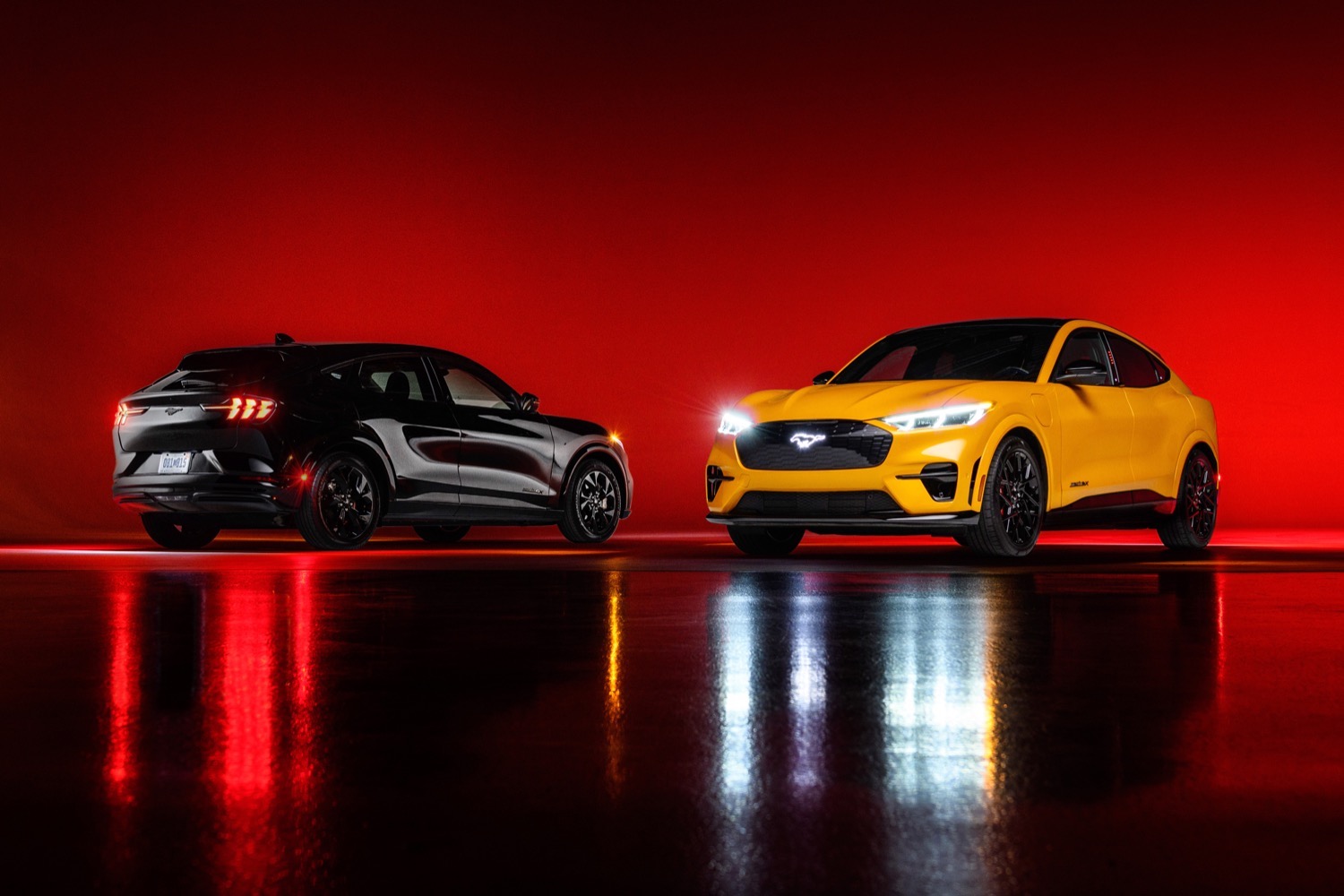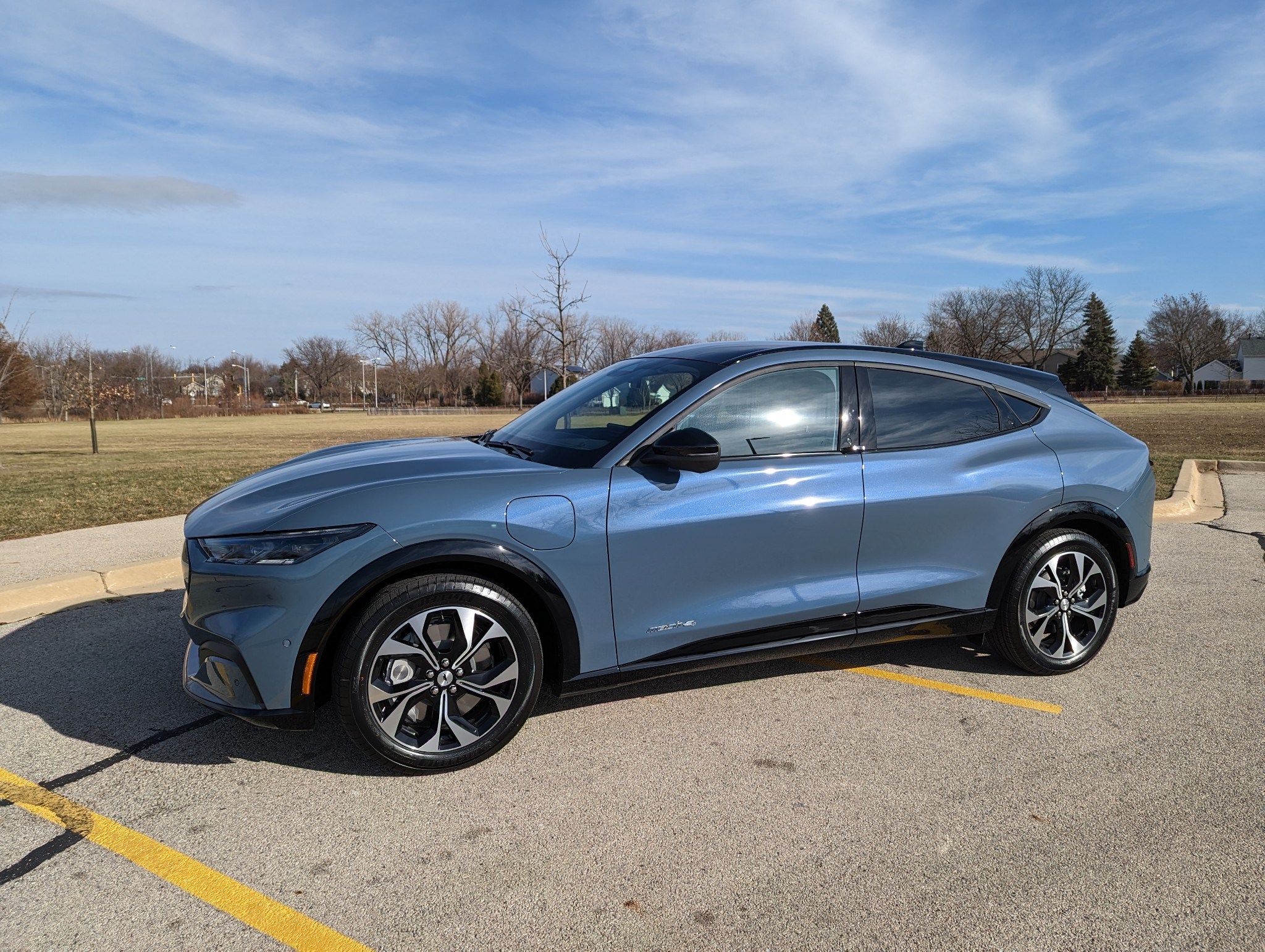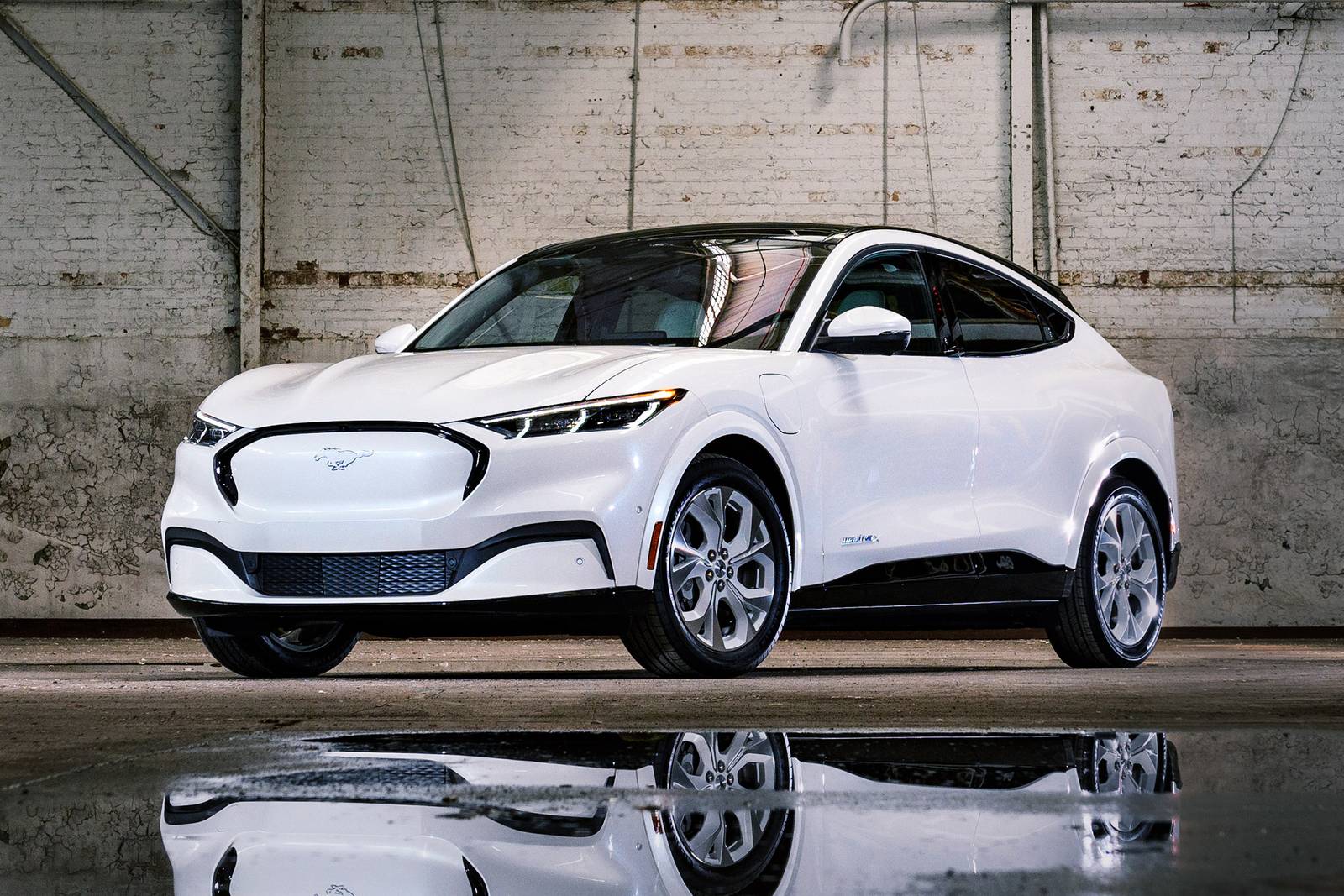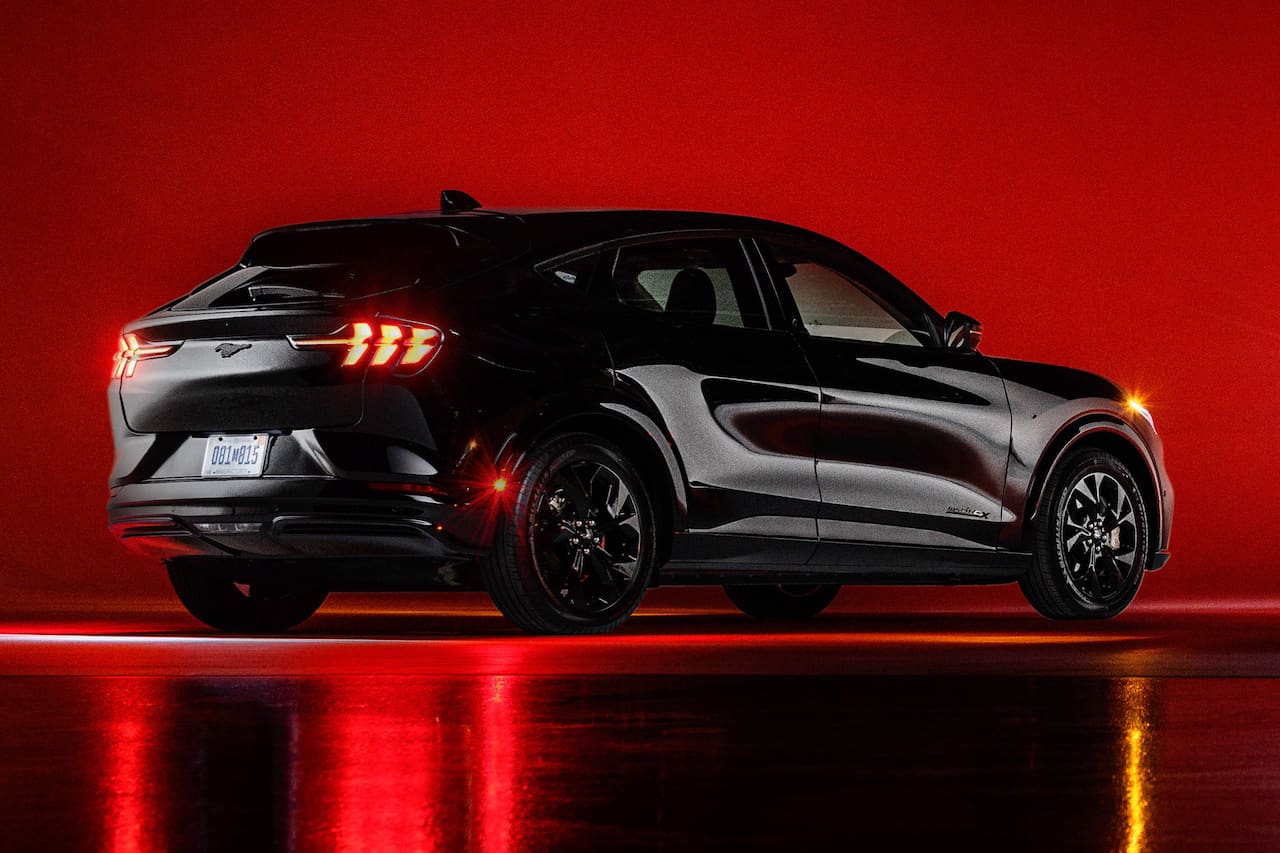Over the past decade, there have been immense changes in the North American automotive landscape. We have gone from viewing all-electric vehicles as a novelty of sorts to watching as vehicles of this type pop up in parking lots far and wide. It is quite a confusing time to be a self-proclaimed gearhead.
As top brass at the helm of major domestic automakers insist on converting to all-electric production in the immediate future, an interesting question is poised. Will we, as performance enthusiasts, the avid proponents of gasoline-backed mechanical fortitude that we are, see a day when internal combustion-powered Mustangs cease to be produced?
A “Not-So” Far Fetched Reality?
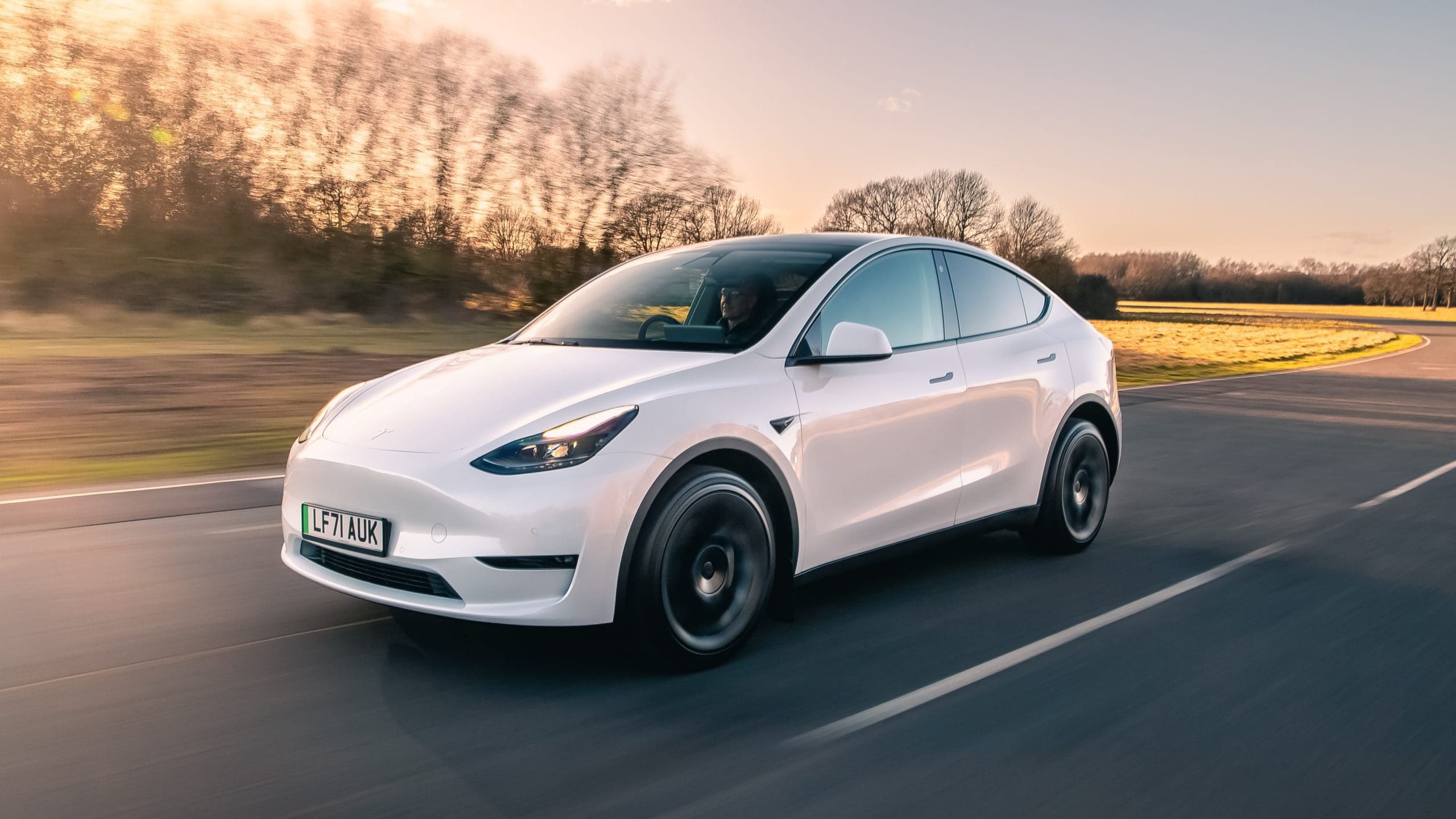
If 20 years ago, you had asked any consumer, of all things petrol, if they expected to see the invariable death of the internal combustion engine in their lifetime, you would have likely been laughed at. Fast-forward to the current day, when most now know someone who owns a Tesla, and the all-electric Mach-E can be ordered through your local Ford dealer, and the overall consensus seems to have changed.
EV charging stations are now appearing in supermarket parking lots, and tax credits for the purchase of electric vehicles seem to be passed out like Kit-Kats on Halloween. Is the current trend just the “it-thing” of the moment, or is EV truly here to stay? While some of this discussion is up for speculation, especially as far as the Mustang is concerned, there are some certainties on the matter worthy of discussion.
The Ford Factor
Ford, itself, has proven to be an enormous proponent of all-electric power. In fact, on more than one occasion, top Ford executives have, in no uncertain terms, expressed their belief that all-electric production is the only sustainable way forward. Such offerings have been pitched not just as additions to Ford’s product portfolio, but rather, replacements for non-EV-compliant vehicles.
This shifting of the tides has already begun taking place in Europe, where Ford has promised to reach zero-emissions status by the year 2035. “At Ford in Europe, we believe that freedom of movement goes hand-in-hand with caring for our planet and each other,” said the chair of Ford of Europe, Stuart Roley. “That’s why we are targeting all Ford vehicles to be zero emission by 2035.”
While such a rapid switch from internal combustion to EV power does not seem as imminent in North America, one can naturally assume that this shame shift will take place stateside at some point. This seems only natural considering the vast investment that Ford has made in US-based EV production over the last several years, as sales of such vehicles would likely be even more profitable on Ford’s home turf, than across the pond.
While many might be inclined to be skeptical toward Ford’s claims, the automaker appears to be putting its money where its mouth is. In fact, the Blue Oval has already begun construction of two new EV battery plants, one of which is located in Tennessee, and the other in Kentucky. All tallied and accounted for, Ford intends to invest $ 22 billion into such efforts by the end of 2025, with the goal of reaching carbon neutrality by the year 2050
Mustang Trickle-Down
As Ford’s efforts to gain market share within the EV landscape continue, even the Mustang has not made it out unscathed. Debuting in 2021, the Mustang Mach-E was the first Ford EV to carry the Mustang nameplate, though few characteristics were shared with the vehicle’s namesake model. In fact, the Mach-E looks and performs far more like a crossover SUV, than it does a traditional Mustang.
While no other Mustang models have undergone conversion to EV status, even on an optional basis, the Mach-E’s release was more than enough to make a few Mustang traditionalists nervous. Many could not help but wonder if the Mustang’s glory days had drawn to a conclusion. This is a sentiment still shared and voiced by many today.
Alas, for those dreaming that which comes next, there might be at least a glimmer of hope over the horizon. According to Ford, it appears that the Mustang is not on the current docket for full EV conversion, if only for the time being. This tidbit of hope for the avid gearhead can be gleaned from a recent interview given by current Ford CEO, Jim Farley.
In a time when the Mustang’s class rivals, such as the Chevrolet Camaro and Dodge Challenger, are poised to go-green, Ford seemingly has a different plan in mind for their flagship performance car. This, as Ford is well aware, creates immense market potential. “People are leaving the segment, like Dodge, so we have a chance to really present something new about Mustang,” said Farley.
When asked about the longevity of the Mustang brand in its current internal combustion-backed configuration, Farley had a few additional words of wisdom to add. “If people don’t want them anymore, it’ll go away, but I personally believe people are going to want this vehicle for quite some time.”
Is The Mustang-EV Conversion Inevitable?
While the Mustang’s status as a gas-guzzling powerhouse seems safe, at least for the time being, a tough discussion on the true reality of the matter is likely warranted. Will there come a day when the Mustang is forced to soldier on with no traditional powerplant available if it is not dropped from production altogether? This scenario, though quite unpleasant to consider, is rather likely.
However, this Mustang appears to be weathering the current wave of EV popularity quite nicely. As previously stated, rivals to the Mustang have not fared as well, with both the Challenger and Camaro slated for conversion in the near future. While Ford has already begun the process of re-issuing their famed, F-series trucks in an EV format, the same eventual fate has not even been earmarked as of yet for the Mustang.
If the market’s current trajectory is any indicator, the Mustang seems poised to stand as one of the last remaining internal-combustion-powered performance cars remaining within the domestic market. This is a move that Ford has carefully calculated, in the name of increased sales and the profits that come with it. As long as sales remain strong, the Mustang is likely safe as it stands.
When The Curtain Falls
So what, if anything, will ultimately kill the Mustang in its current form? By all current indicators, the Mustang’s full conversion to EV, or ultimate discontinuation will come from one of two sources. The first, and least likely of which we touched on above. No automaker continues to produce a vehicle that will not sell. Therefore, if the public desire for an internal combustion-powered performance vehicle ever falters, difficult decisions will have to be made.
The second, and far more likely eventual cause of Mustang-EV conversion will come in the form of government mandates. Simply put, when the EPA and agencies of the like decide to outlaw the production of non-zero emissions vehicles, Ford’s hands will be tied. If you doubt such a case would ever arise, look back no further than the early 1970s, when the implementation of ever-stringent emissions standards choked the remaining life out of the muscle car era as a whole.
The good news, however, is that in North America we are likely still at least 1-2 decades from even being able to sustain the reality of an all-electric daily commute. Infinite charging stations would have to be built and already-compromised power grids would have to be significantly upgraded. This, in itself, buys the Mustang substantial time.
Additionally, there is another factor worthy of consideration in this equation. Ford’s enormous investment in EV technology and insistence upon going green across the rest of its product portfolio will significantly streamline the Mustang’s conversion to EV technology, if and when it ever comes.
One might just find the eventual merits of an all-electric performance-centric Mustang something to marvel at. After all, legendary vehicles never die, they just get re-engineered to align with the market as it stands.


